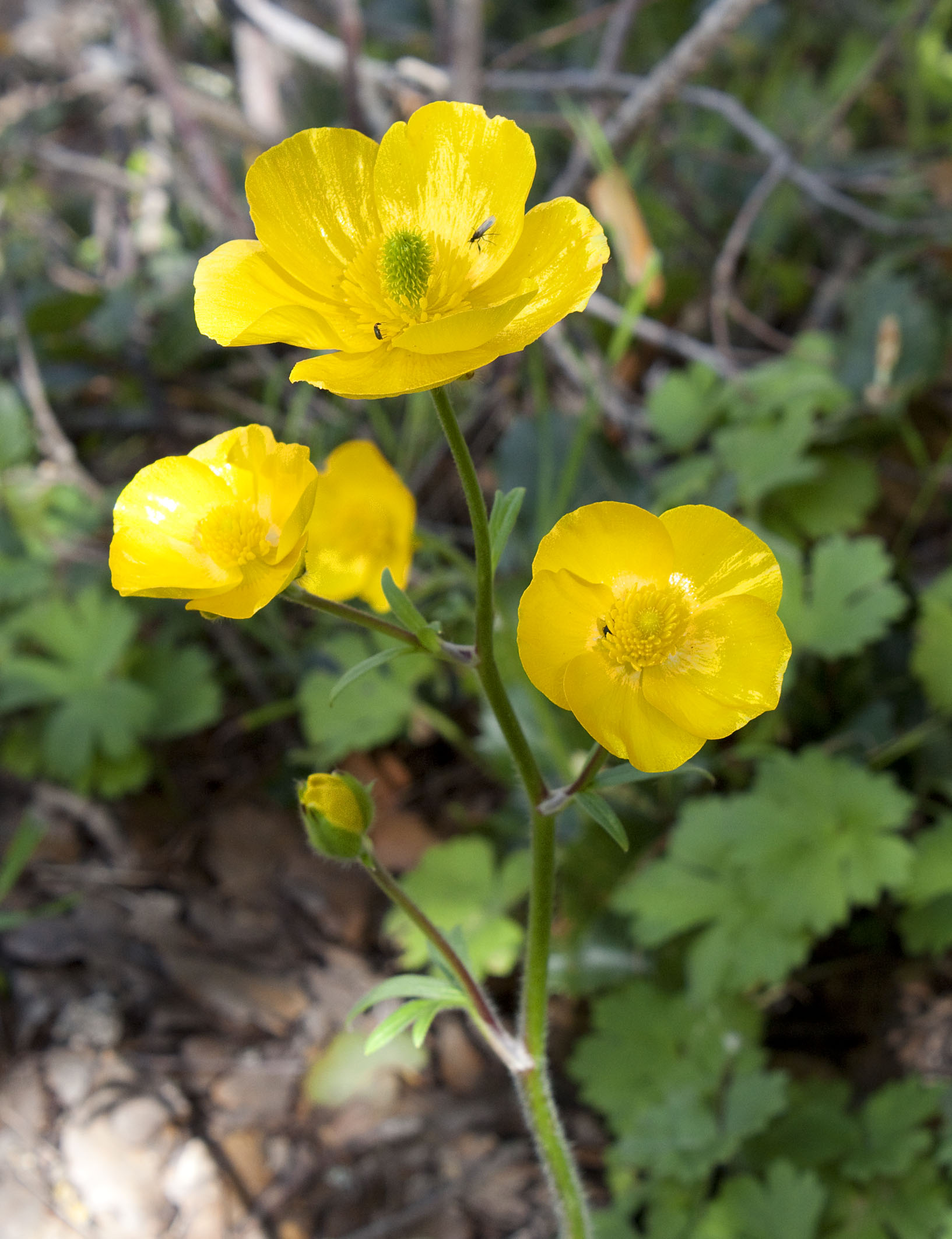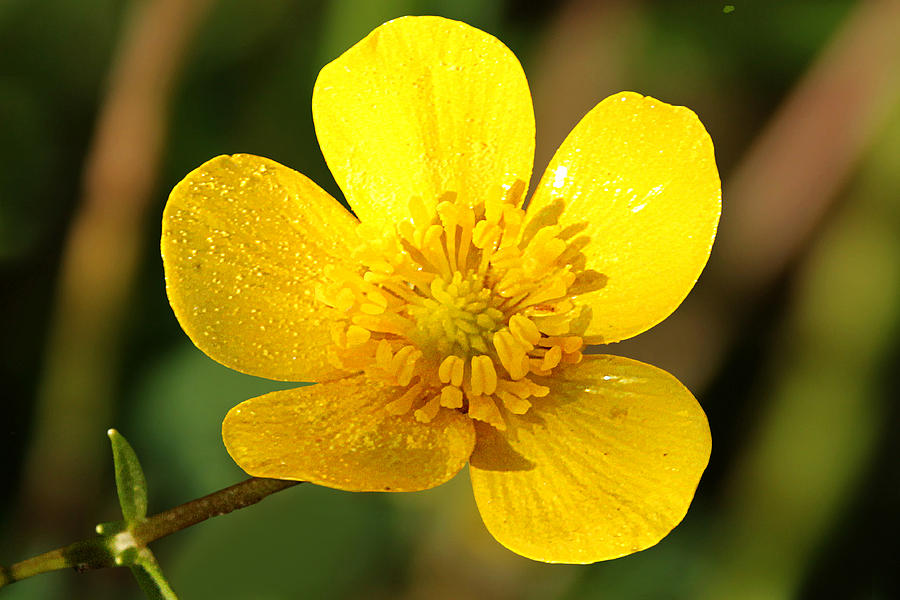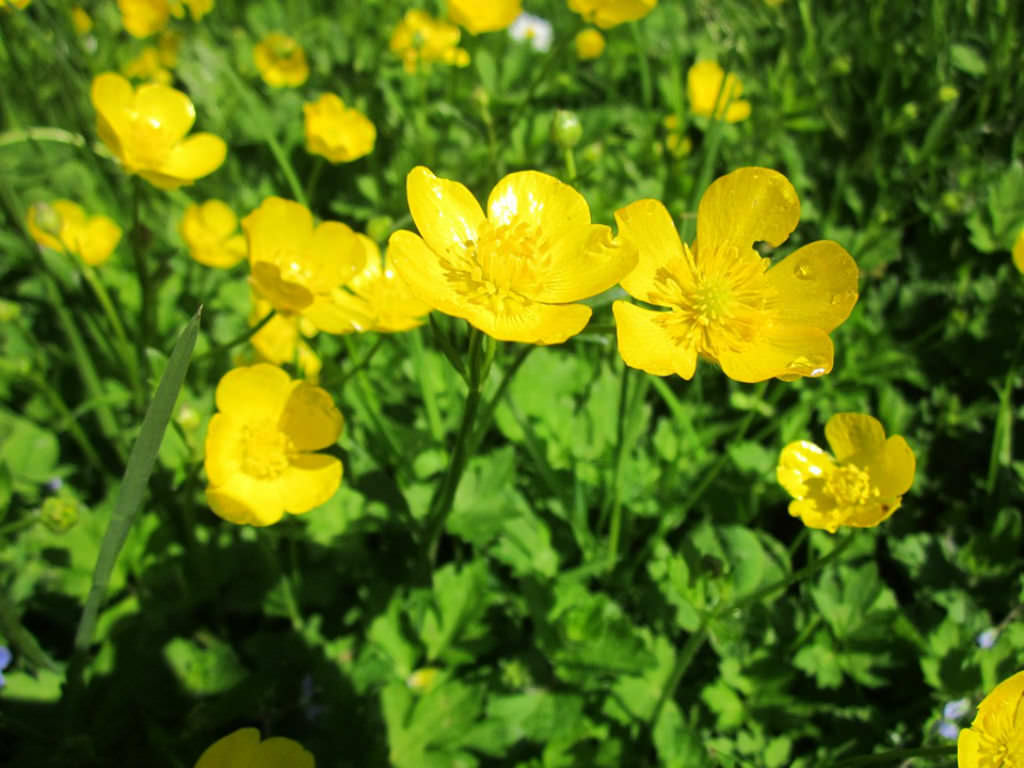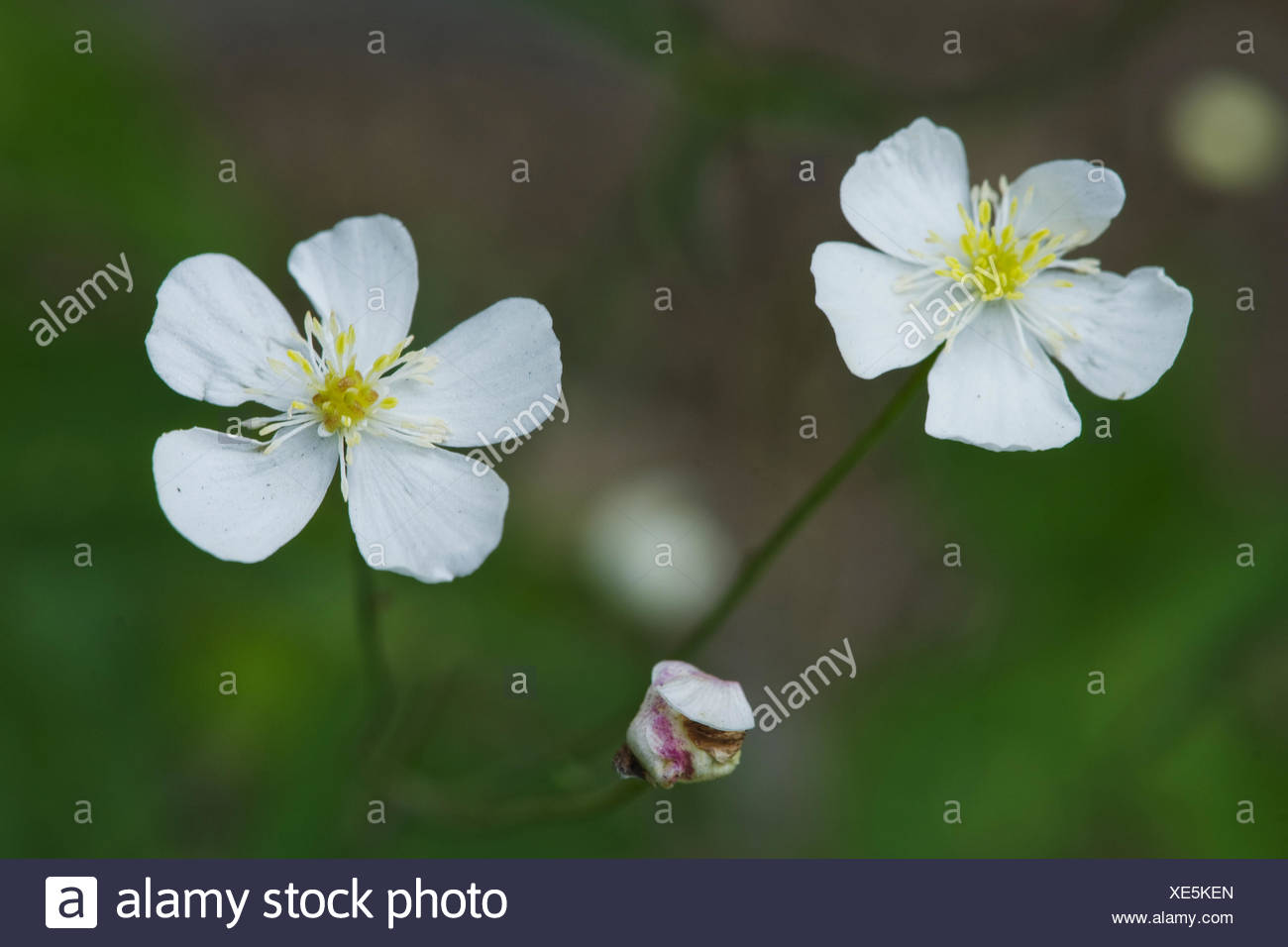Ranunculus is a large genus of more than 500 species of flowering plants in the family Ranunculaceae, native to Europe, Asia and northwest Africa.
The species are mostly herbaceous perennials distributed all around the world. If carefully tended, these plants will produce beautiful, showy and bright flowers with five or more petals and numerous pistils and stamens. These long lasting flowers are great for cutting and vase displays.
Name meaning:
An oily glycoside, ranunculin, which is converted to protoanemonin by the action of plant enzymes released when the plant is chewed. Protoanemonin is an irritant and can cause blistering of the mucous membranes. The dried plant non-toxic. The bitter taste of the protoanemonin can also be passed through the milk of lactating animals. Planting tips Buttercup plants Fall, late winter or early spring, you can plant the ranunculus, depending on the area and the environment of your. When you open packaging of ranunculus corms, brown octopuses look similar. But you do not panic, these are not what you. For Planting, select the. Adored by florists and gardeners, Ranunculus asiaticus (Persian Buttercups) is a tuberous-rooted plant boasting brilliantly colored flowers adorned with multiple layers of delicate, crepe paper-thin petals. Award-winning Ranunculus acris 'Flore Pleno' (Double Meadow Buttercup) is an erect, clump-forming perennial bearing a profusion of rosette-like, tightly-double, golden yellow flowers. Blooming late spring to early summer, they rise on leafless flower stems above loose clumps of palmately-lobed leaves.
The genus name is derived from Latin words “rana” (“frog”) and “unculus” (“little”), in reference to many species being found near water.
Ranunculus symbolism:
Ranunculus symbolizes attractiveness and charm.
Interesting facts about Ranunculus:
Is Ranunculus Poisonous?
All species are poisonous and contain a compound called ranunculin, which breaks down to a toxin called protoanemonin when the leaves of the plant are damaged.
They are considered toxic to both humans and animals and can cause dermatitis, diarrhea and vomiting.
Benefits and Uses


The plant has a medicinal value and is used to treat various ailments such as arthritis, gout, nerve pain, flu, herpes, meningitis and chest problems.

Ranunculus is one of the most popular wedding flower. Due to the fact it will stay fresh up to 7 days after being cut, it is perfect for wedding bouquets and arrangements.
Plant Type:
Buttercup Flower
Avast secure browser. Annuals, Bulbs, Perennials Cricut design software free download.
Color:
Buttercup Ranunculus Spp Suruhanjaya

The flowers are usually yellow, but may also be white, pink and red.
Wild Ranunculus
Related flowers
